BLOG
|
|
THERE'S NOT MUCH NEW this week except for increasing mileage. However, it is becoming more important for you to warm up with MYRTL's and dynamic stretching. It's not on the schedule but feel free to use the foam roller before and or after the long endurance run at the end of the week. See the RESOURCES page for the full plan PDF.
RUN HAPPY!
0 Comments
HAVE YOU EVER WANTED TO TRY HIKING ON SNOWSHOES? I have heard it’s a great workout and helps make outdoor winter exercise enjoyable and sociable. This article (Snowshoe Running 101: Expert Advice And Beginner Workouts) by Duncan Larkin in Competitor.com discusses SNOWSHOE RUNNING!!! Wow, I have not ever considered combining these two fun activities.
The article quotes Nikki Kimball, a U.S. snowshoe champion, “The athlete must draw on muscles used to stabilize the lower extremity—those surrounding the hip and ankle—to compensate the resistance of the snow and the uneven landing surface it provides”. For this reason, she explains, these structures are strengthened through the performance of this activity. A word of caution, though. Running involves balancing on one lower extremity at a time (for a fraction of a second) as you push off against the grounded foot to propel yourself forward. If you have difficulty performing single leg balance exercises while stationary, and wobble a bit as you stand or bend with or without weights, the act of SNOWSHOE RUNNING may exaggerate this instability and put additional stress on knees. Perhaps snowshoe walking/hiking initially (you don’t balance on one leg at a time as you walk) may help prevent knee problems. At the same time you might work to improve balance with specific exercises. I'll assemble some of the most common routines prescribed by physical therapists in a later post. I have personal experience with knee pain (a bursitis) resulting from poor balance. It may have been in part brought on by running on sand all summer long, which I thought would strengthen my legs! The Fleet Feet Sports West Hartford website (author is not identified) has an informative discussion on single leg balance. http://www.fleetfeethartford.com/sports-medicine/single-leg-balance http://running.competitor.com/2016/01/training/snowshoe-running-101_142842 RUN HAPPY! MARIO FRAIOLI DOES A WONDERFUL JOB EXPLAINING why training for and racing in a half marathon is an increasingly popular way to reach a significant running goal. He doesn't mention ANOTHER BENEFIT: you can schedule a 5K and/or a 10K within that training time, running them not so much for a best time but to motivate yourself. In the summer months these shorter distance RACES are easy to find. If you have difficulty, use an EarnedRuns bib.
http://running.competitor.com/2016/01/features/why-running-a-half-marathon-is-a-huge-accomplishment_143304 WEBSITE WEDNESDAY from "OH THE PLACES YOU'LL GO!" pag
Wherever you live, winter running can be a challenge. Below are some suggestions from the website to help you get your miles and workouts in regardless of the conditions. Run a short loop or track or find an indoor facility: "LOOPS: Need a safe area and smooth pavement? Map out a 1+ mile loop on quiet (OR CLEARED, NOT ICY) streets, and repeat it as needed. This works well for early or late runs in darkness, in bad weather conditions, or any time you don't wish to be too far from home or car at any point in the run." (Short loops won't seem so boring if it saves you from facing rain or wind or snow for long periods going out or coming back on your regular course.) "PARKING GARAGES: Running a loop around a floor or up/down the ramps of large multi-story indoor parking garages can be a way to escape lightening and inclement weather, and include hill runs/repeats in unfamiliar or flat locations. Generally, floors farther away from the garage entrance will be less wet and slippery, and the less the traffic will interfere with your activity." (Avoiding rush hours will help too.) "HIGH SCHOOL AND COLLEGE TRACKS: Both outdoor and indoor tracks provide a great way to run specific training distances at faster than jogging speeds. Outdoor tracks use is mostly free (but may not be cleared of snow). Indoor track use may require a membership; they are often small and you must run multiple laps to cover just one mile (8-11 for example). However the relatively controlled environment may allow you to stay on your training plan, or run during the day without too much grooming needed to get back to work. Both allow you to keep water or nourishment close by." RUN HAPPY! SIMPLE SUGGESTIONS TO IMPROVE YOUR DIET AND RUNNING!
The Nike+ Run Club has a short item on nutrition. In it nutritionist John Berardi, PhD, CSCS, a member of the Nike Performance Council explains how and why to gather information on your food intake and eating habits, and offers some advice for runners. It's easy to understand, quick to read, no excuses kind of advice! If you've already instituted these kinds of changes, your confidence will be boosted that you're on the right track. http://www.nike.com/us/en_us/c/running/nrc-articles/healthy-eating-habits? THIS VERY LONG PIECE was written by Steve Friedman and appeared in Runner's World, May 3, 2013. I read it back then and was moved. It was one of a couple writings that helped keep Earned Runs a goal for me. I did not forget the story but could not recall it's title or a detail that would help me easily find it again. I did eventually locate it though. Take the time to become inspired.
RUN HAPPY! http://www.runnersworld.com/runners-stories/bret-dunlap-discovered-running-and-it-changed-his-life THIS IS THE WEEK YOU START TO PICK UP THE MILEAGE a bit. Although it seems you are expected to run 10 minute miles ("run 35 min or 3.5 miles"), you can run slower miles but still cover the scheduled mile distance over a longer time period. Or just run the time regardless of the distance. Of course you can run it faster.
If you run a slower time/shorter distance on scheduled days in mid-week, the jump to the long run at the week's end will be a bit larger. That long run distance will gradually increase regardless of your pace because the goal of training is to be physically and mentally prepared to run the race distance on the day of the race. So you may decide it is "easier" to run the full distance, even if it takes more time than is on the plan. GOOD LUCK. See the RESOURCES page for the full plan PDF. RUN HAPPY! MATT FITZGERALD DISCUSSES HOW RUNNERS SHOULD BEST APPROACH WEIGHT LOSS in his Competitor.com article, "5 Keys to Athletic Weight Loss". The regimen he recommends, incorporating strength training (several sessions each week) and sprint intervals into your running schedule, can contribute to stronger faster running. Seems like a win-win situation to me!
However he is careful to caution that a priority on calorie restriction for weight loss, which includes fasting workouts, should be separated in time from the “building of peak race fitness” by “several weeks preceding a training cycle”. What he refers to as his “quick-start” weight loss emphasis plan is offered for purchase at the article’s end. However, his insight and advice within the article is FREE, and enough to help you get motivated and moving forward on a weight loss goal. For me, this is one more reason to actually do what I preach but find hard to practice: INCREASED STRENGTH TRAINING. His discussion of these key components is worth reading: 1. Moderate calorie restriction 2. Strength training 3. Sprint intervals 4. Increased protein intake 5. Fasting workouts RUN HAPPY! http://running.competitor.com/2014/07/nutrition/5-keys-to-athletic-weight-loss_19983 GOOD RUNNING/WALKING FORM UPHILL AND DOWNHILL is not too different from good running form on flat surfaces. Essentially it is about NOT bending over at the waist or leaning too far forward going uphill, and NOT leaning too far back on the downhill runs or walks. Running "tall" is important whether moving uphill, downhill, or on flat paths. Foot-strike should be soft on the mid-foot; you'll start to land a bit more on the forefoot (ball of the foot) as a hill incline steepens sharply. Stride is shorter uphill and medium downhill. Below is link to a simple diagram from a boiserunwalk.com article. Not sure of copyright permission so it won't be pictured.
RUN HAPPY! http://boiserunwalk.com/runningform/72-hills-flats-good-running-form.html BECAUSE YOU WILL HAVE THE OPTION of performing HILL REPEATS starting in WEEK 5 of the SAINTS DAYS 5K &10K training plan, and because many other plans include this workout routine, it’s time to discuss them. In an article from Breakingmuscle.com Fred Fornicola discusses the reasons hill repeats (sprints) are a component of race training, and suggests how to perform them. “Incline/hill sprints will give the lower extremities in particular (legs, hips, hamstrings, calves, shins) a very good strength workout, not to mention the abdominals and torso.”
The key advantage to interval training on hills as opposed to flat surfaces, he explains, is that a greater effort can be made by the runner with less wear-and-tear effect on joints and connective tissues, due to the reduction in compressive forces transmitted to these structures. Another benefit is a lesser risk of injury that may take you off your schedule and even totally out of the race. An important point is that the downhill segment is accomplished with a BRISK WALK, not jog or run. He also makes a point of reminding runners that hill repeats should be stopped if they CANNOT BE COMPLETED in proper form. I very much enjoyed his advice. There are many articles on hill repeats that are quite complicated, and I’m not at the level to appreciate all the nuances of training above a rather basic level without a trainer’s help. But I do seek to improve without injury, and this kind of insightful information is great encouragement! RUN HAPPY! http://breakingmuscle.com/strength-conditioning/how-and-why-to-run-hill-sprint-intervals WHEN ALBERTA CLIPPERS MOVE DOWN ACROSS THE COUNTRY from the north, lake effect machines build snow drifts, or low pressures systems generate harsh winds, what can be done to protect skin when running? WedMD offers 10 ways to care for skin in the winter, (see link below) but not specifically skin exposed while outdoors. Suggestion #2 does address the care of FACIAL skin: “MOISTURIZE More “. It says, “find an "ointment" moisturizer that's oil-based, rather than water-based, as the oil will create a protective layer on the skin that retains more moisture than a cream or lotion.” A good hint, it reports, is that “many lotions labeled as "night creams" are oil-based.” Oils used on facial skin should be those that are labeled as “non-clogging, like avocado oil, mineral oil, primrose oil, or almond oil.” It warns against using shea oil or butter because it may clog facial pores; also vegetable shortening (who uses that?). Lotions that contain "humectants," substances that attract moisture to your skin, are a good idea too. These include glycerine, sorbitol and alpha-hydroxy acids.
One of the most common and well-known mineral oil-based ointments is PETROLATUM (petroleum jelly). In the past I ran with Vaseline Brand ointment on my face on severely cold windy days. It kept the vapor rising from my breath from irritating my face. The fabric of the Buff that is pulled up over my neck, chin, and sometimes nose and mouth too, freezes and thaws and rubs against my skin. However there are concerns that contaminants in petroleum-based products (see EWG link below) can be harmful, so I now use it only on days when the wind chill is below zero. I’m still looking for a good replacement. Barrier-type sunscreens protect against UV light damage, and possibly the zinc oxide and titanium oxide in these products might also serve to keep irritation from occurring. Zinc oxide is an ingredient of products used for diaper rash and wound care, but these products also tend to contain petrolatum and lanolin (it’s allergenic). WHAT DO YOU USE? http://www.webmd.com/beauty/skin/ten-winter-skin-care-tips http://www.ewg.org/skindeep/ingredient/706976/WHITE_PETROLATUM/ RUN HAPPY! GLUTE ACTIVATION/STRENGTH WORKS FOR GOLF TOO! Exercises that help strengthen the glutes are important to a great golf swing as well as to strong running. The GLUTES are referred to as "KING"
or "NO.1" in importance to golf. Why ? "The gluteus maximus is the main creator of hip extension, which allows you to drive your legs into the ground, in essence supplying your swing with energy," says Craig Davies, fitness trainer, in a Golf Digest™ article (link below). "In addition, the gluteus medius and minimus help stabilize the leg to the pelvis when making a lateral move toward the target. This allows energy to be transferred from your legs to your core." Strong gluteal muscles allow the torso and shoulders to turn properly, without swaying or sliding, which make hitting the ball solidly more difficult. Keep this in mind as you train this winter and look forward to SPRING. You can improve in BOTH SPORTS. The RESOURCES page has a link to lower body exercises from Runners World™ with a video; the RESISTANCE BAND SQUARES WALK and the HIP EXTENSION with heels are VERY SIMILAR to those in the strongergolf.com video. RUN HAPPY! http://www.runnersworld.com/training-video/winter-weekly-workout-week-5 http://strongergolf.org/tag/glutes/ (has a video of exercises) http://www.golfdigest.com/story/fitness-friday-build-your-own (video not active) WEEK 1 SAINTS DAYS 5K &10K TRAINING PLAN starts today! It is designed for those of you who have trained consistently for a 5K and run 3+ miles.
The plan is 9+ weeks long in order to accommodate the range of dates on which St.Patrick's Day 10K races might be scheduled. At the end of week 7 there is a 6.5mile run that adequately prepares you for a 10K the next week or later. At the end of week 8/start of week 9 you might run the race (March 12-13), or on March 17, or at the end of week 9/start of week 10 (March 19-20). This means that potentially you could start training one week later if needed and if your race is March 19-20. Otherwise you will be tapering that extra week. Each week you have one strength routine day for the lower or upper body and one "dead bug" exercise day for core. The RESOURCES page has links to some exercises but there are many more to choose from that are recommended by various online experts, running-related websites, and books. These specific routines are NOT REQUIRED. Feel free to find others exercises that best fit your needs, especially if you wish to change things up. Routines on the RESOURCES page don't require much athletic ability to learn, are low-impact, and don't involve the use of complicated or expensive equipment. They are exercises that have been prescribed for me by trainers and physical therapists. The full plan was posted yesterday on the BLOG page and is on the RESOURCES page. The number of miles in WEEK 3 and beyond is reduced from what was scheduled in the PRELIMINARY plan, in order to increase mileage more gradually. GOOD LUCK! and RUN HAPPY! WEEK 1 OF THE PLAN STARTS TOMORROW! THE FULL PLAN (CLICK HERE) IS ALSO AVAILABLE FOR DOWNLOAD BELOW AND ON THE RESOURCES PAGE. It is designed for those of you who have trained consistently for a 5K and run 3+ miles. The plan is 9+ weeks long in order to accommodate the range of dates on which St.Patrick's Day 10K races might be scheduled. At the end of week 7 there is a 6.5mile run that adequately prepares you for a 10K the next week or later. At the end of week 8/start of week 9 you might run the race (March 12-13), or on March 17, or at the end of week 9/start of week 10 (March 19-20). This means that potentially you could start training one week later if needed and if your race is March 19-20. Otherwise you will be tapering that extra week. Each week you have one strength routine day for the lower or upper body and one "dead bug" exercise day for core. The RESOURCES page has links to some exercises but there are many more to choose from that are recommended by various online experts, running-related websites, and books. These specific routines are NOT REQUIRED. Feel free to find others exercises that best fit your needs, especially if you wish to change things up. Routines on the RESOURCES page don't require much athletic ability to learn, are low-impact, and don't involve the use of complicated or expensive equipment. They are exercises that have been prescribed for me by trainers and physical therapists. The full plan will be posted on the BLOG page and will be on the RESOURCES page. The number of miles in WEEK 3 and beyond is reduced from what was scheduled in the PRELIMINARY plan, in order to increase mileage more gradually. GOOD LUCK!
In the previous post the MARIO FRAIOLI article referenced listed 8 WAYS to make 2016 your BEST TRAINING YEAR ever. I decided to take immediate action on number 7: "RACE MORE". I will show you my tentative 2016 list (CLICK here for PDF). It demonstrates how I am attempting to mix things up (races of varying distances), and reach for a goal race (the 25K). It's scary to list that one. Not sure I can handle it without injury. The above image is of the 2014 BOSTON MARATHON start of elite women runners. It would be a dream to attend (my chances of ever qualifying are slim to none as I have not run a marathon). Maybe I'll enter the Boston Athletic Association Half Marathon that's run in October as my "destination" race. Registration opens July 13.
The list reveals how much I RELY ON the EarnedRuns bibs for races. I can "shop" later for local competitions that might be fun, but know I can design my own race in a pinch. Also, if something changes schedule-wise, the registration fee won't be lost when I don't make the event. Although it's not reflected on the list, my ability to identify these competitions in advance is largely due to not needing to coordinate with others. If I depended on having company, I would hardly race at all. Perhaps my 3 year log will show if this pattern changes over time. Free time is precious, mostly spent with family and lifelong friends; very few run, and they do not compete. With EarnedRuns I can fully ENJOY MY SPORT and EVERYONE who's not a runner! WHAT'S YOUR 2016 LIST GOING TO BE? RUN HAPPY! |
BRIDGE TO PHYSICAL SELF
Running, walking, and fitness activities enable us to experience our physical selves in a world mostly accessed through use of fingers on a mobile device. AuthorEARNED RUNS is edited and authored by me, runner and founder. In 1978 I began participating in 10K road races before 5Ks were common. I've been a dietitian, practiced and taught clinical pathology, and been involved with research that utilized pathology. I am fascinated with understanding the origins of disease as well as health and longevity. Archives
November 2023
CategoriesNew! Search Box
Earned Runs is now searchable! Check it out...
|
||||||

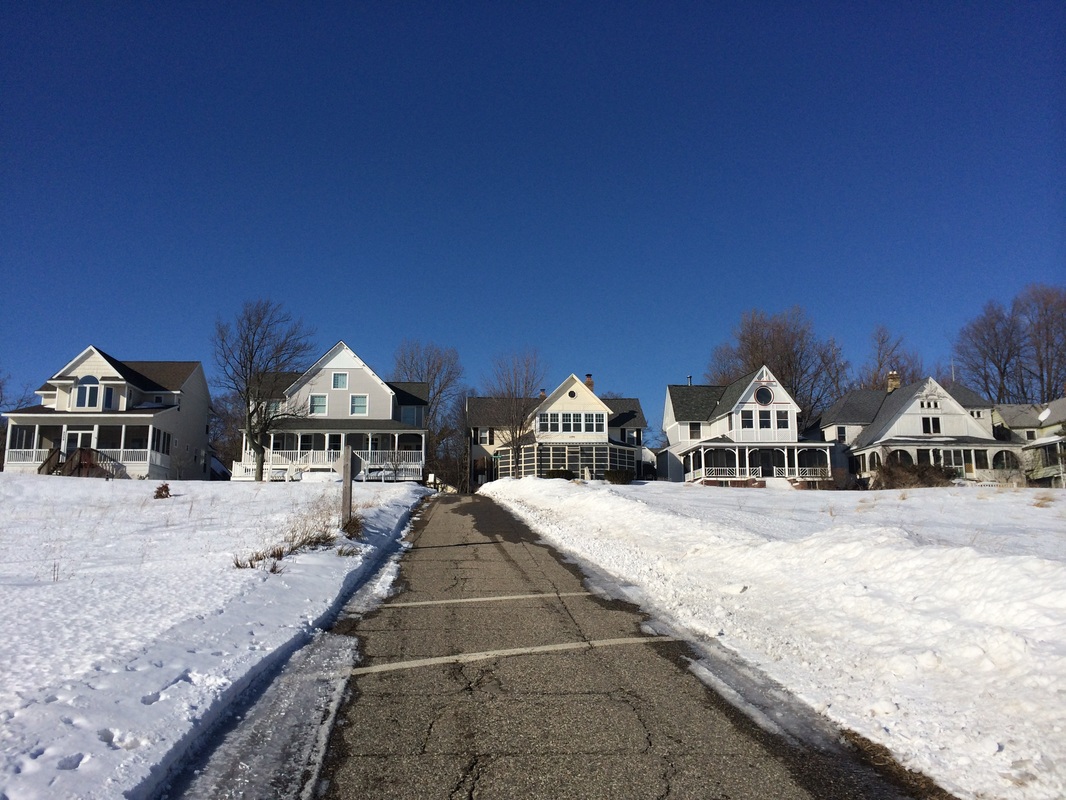
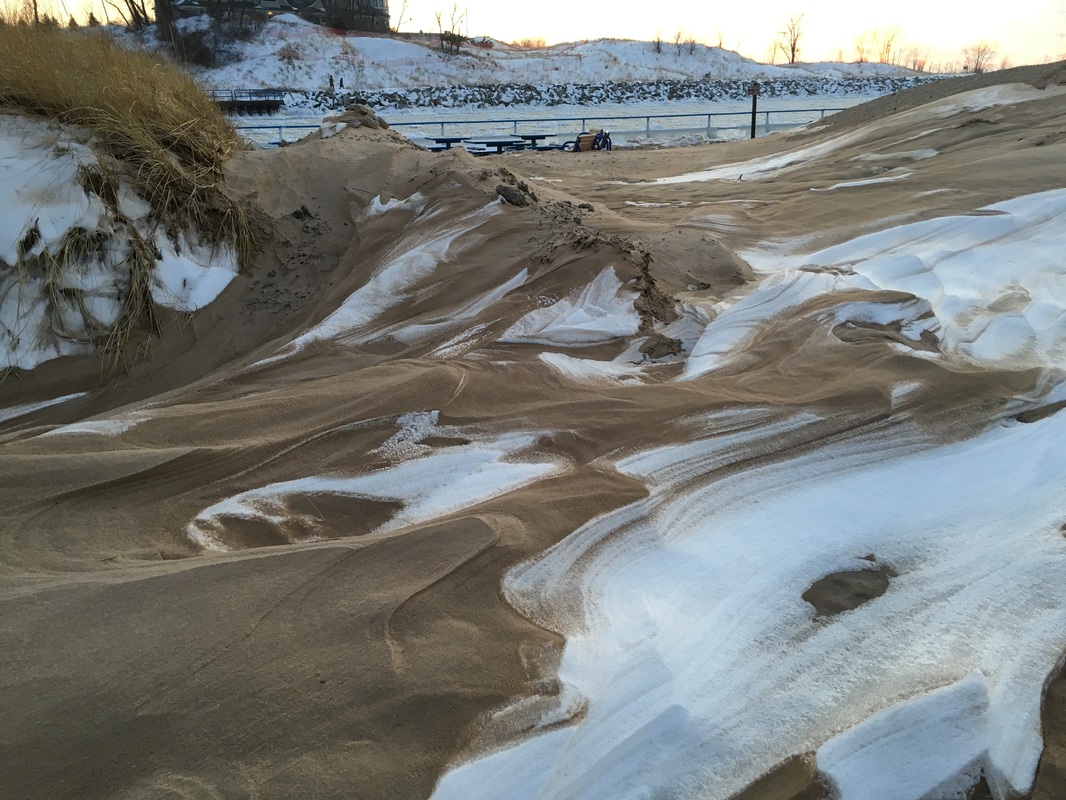
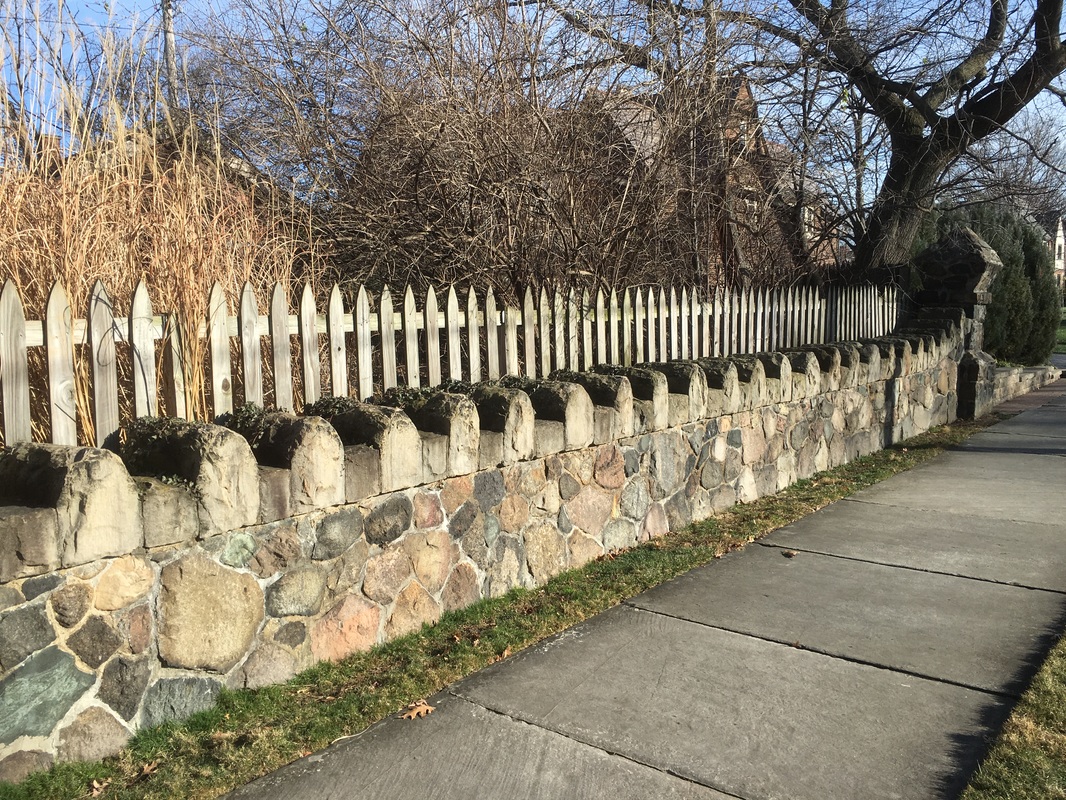
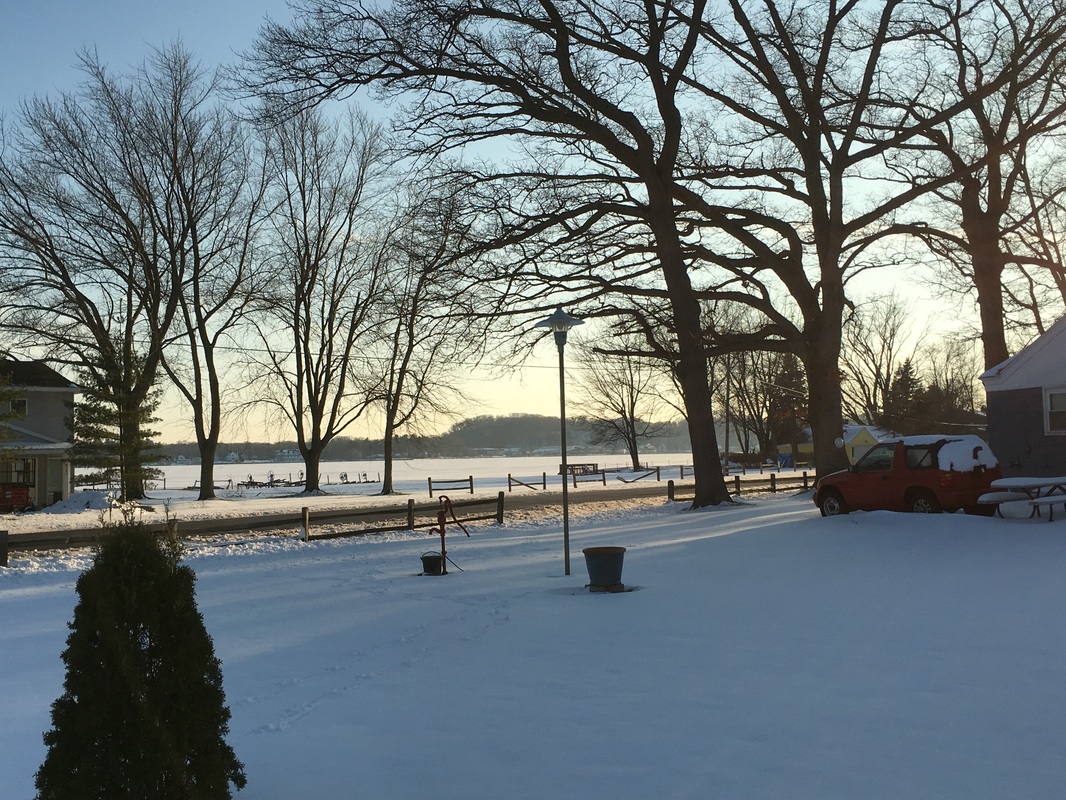

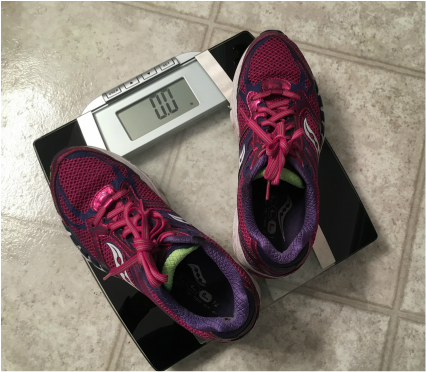
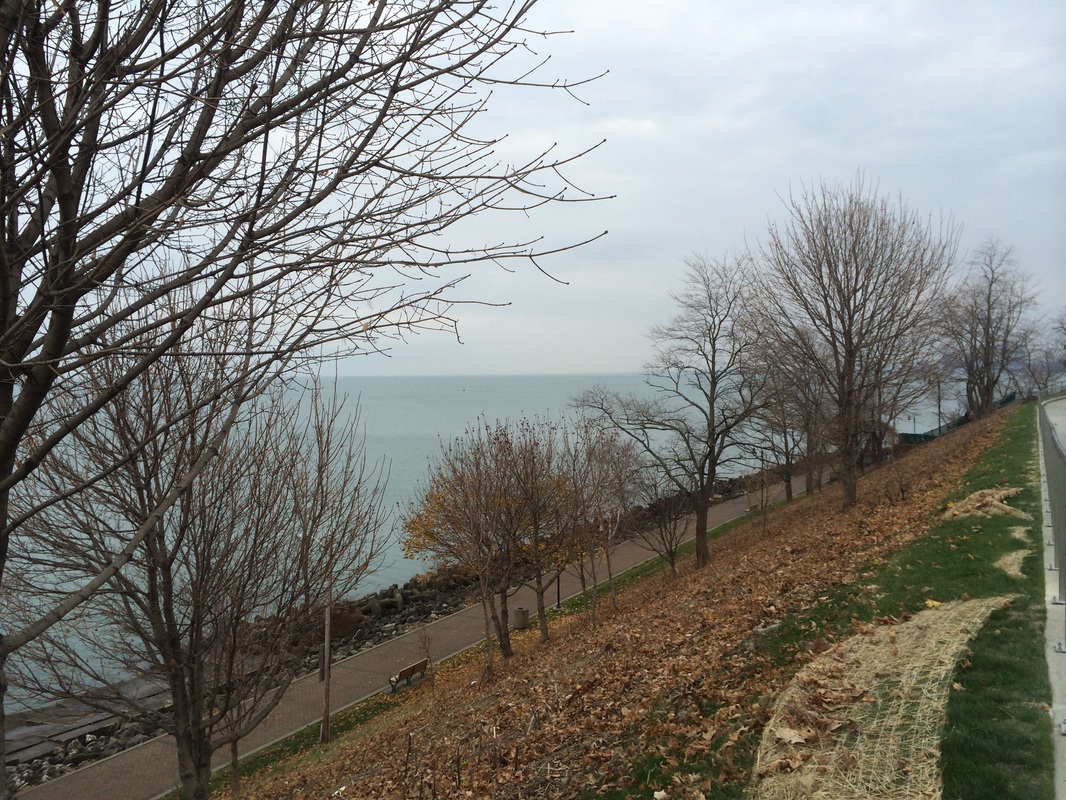
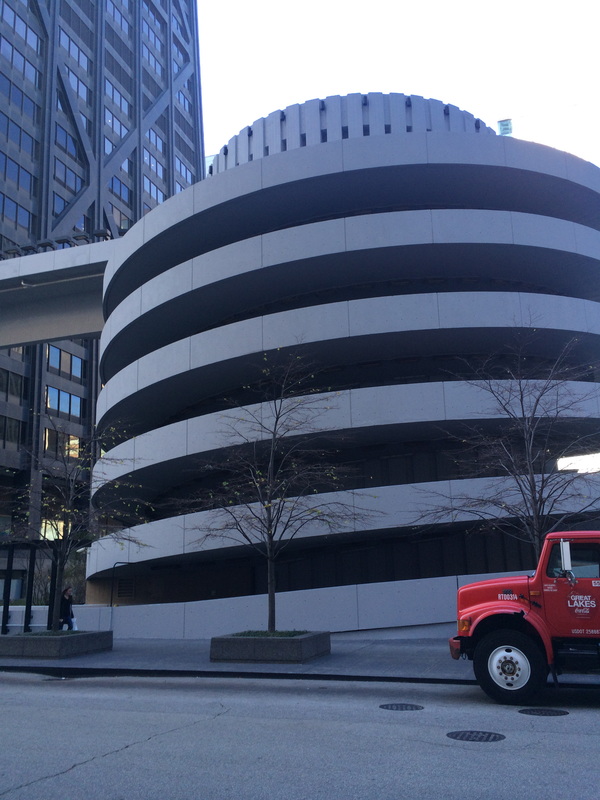

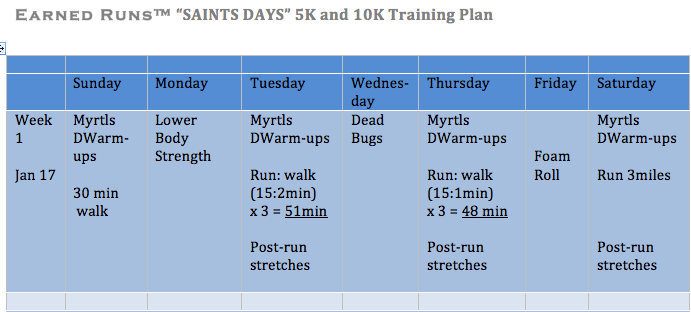
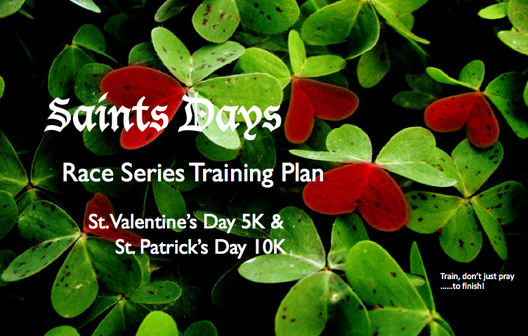
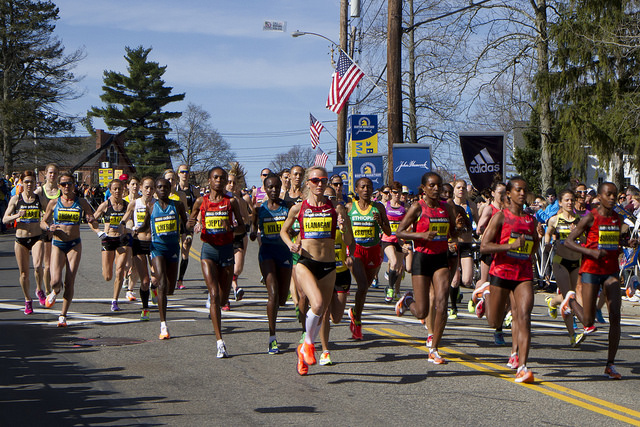
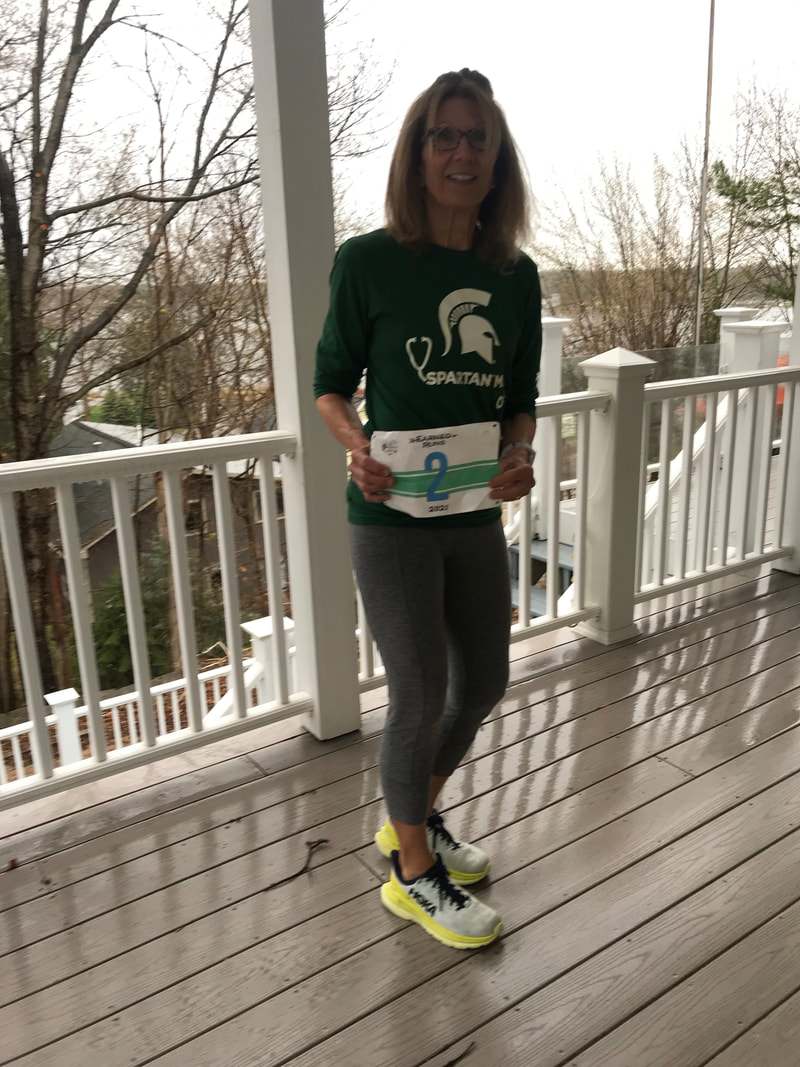
 RSS Feed
RSS Feed